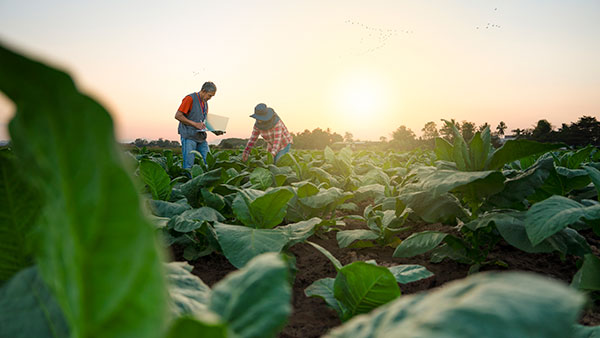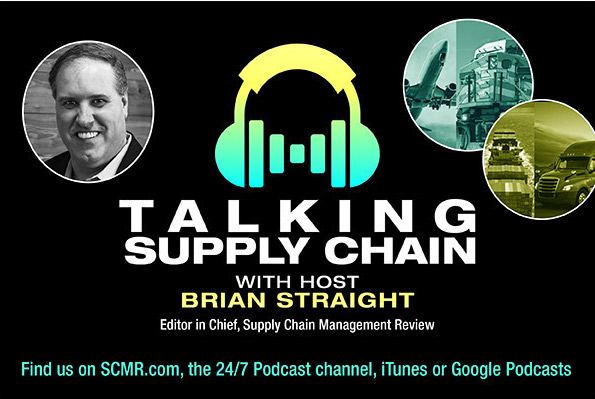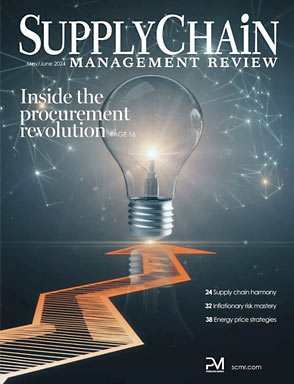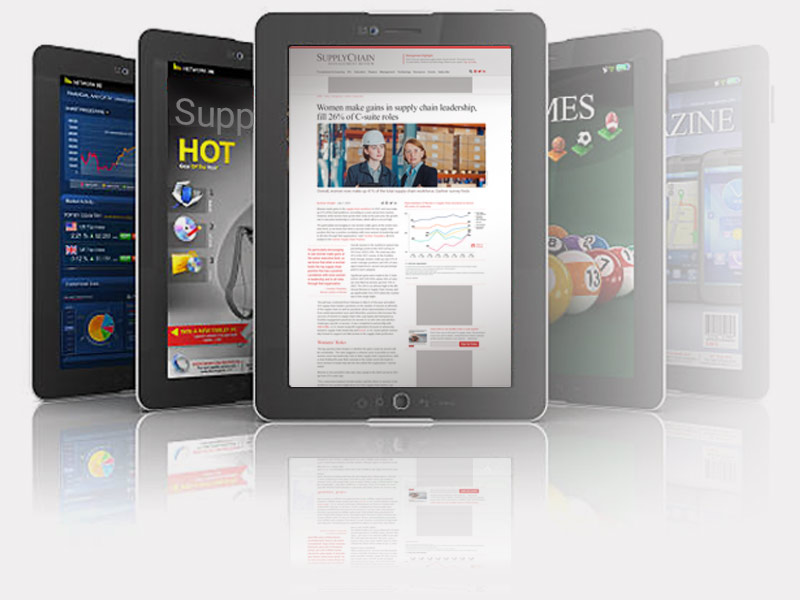When Amir Lehr looks at the global agricultural supply chain, he sees a system straining under the weight of unpredictable pressures. As CEO of Acclym (formerly Agritask), a company working to digitize and modernize supply and value chains, Lehr is helping companies confront a perfect storm of climate disruption, geopolitical tensions, and fragmented infrastructure.
"The supply and value chain is really suffering today,” he says. “One reason why: climate change.”

Lehr notes that 2024 was the hottest year on record in decades, with surface temperatures reaching “1.8 degrees Celsius warmer than it was in the 21st century.”
“The disturbance it creates is significant,” he explains. “Weather is not following historical paths and becoming less and less predictable. Everyone feels it.”
From floods and droughts to changing growing seasons, the volatility is affecting where crops can be planted—and whether they’ll thrive. And that is pressuring agricultural supply chains.
The disruption is fueling a push toward more sustainable practices such as regenerative agriculture, emissions tracking, and deforestation restrictions—particularly in Europe, where regulatory pressure is growing.
“If you remove forests, you emit more carbon, and the way it relates to food and beverage [is that] as we have population growth, we have more people to feed,” Lehr says.
Meanwhile, geopolitical instability—from the war in Ukraine to unrest in the Middle East—further tightens global food supplies. All of that is creating a pressure that is constantly challenged by global weather, Lehr says.
Visibility in a world of small farms
Nowhere is the need for resilience more urgent than in food and beverage supply chains, where companies source from dozens or even hundreds of small farms worldwide. Lehr gives the example of a coffee company working with many growers: “A typical company like that works in high volume and low margins, so it’s about efficiency of operations.”
But unpredictability—driven by climate, transportation volatility, and economic fluctuations—is the enemy of efficiency. Lehr recalls one customer who suffered a 26% reduction in coffee yield two years ago. “When we analyzed the data, we found” the cause was untimely rainfall which influences the growth of the flowers.
What’s needed, Lehr argues, is real-time visibility.
What you expect to come through the door and what you will get at harvest is now being driven by data. That data, Lehr says, includes information on weather, local conditions, tariffs, and even currency exchange rates. Fed it into a centralized platform, it creates a modern look at agriculture and the associated supply chain pain points.
“The question is how do you collect all this information globally and eventually feed it into a decision-support system or dashboard where the fulfillment managers have the visibility and can make real-time decisions,” Lehr asks.
Digital traceability systems have emerged as pivotal in enhancing operational efficiencies, ensuring food safety, and promoting transparency throughout the supply chain. These systems facilitate real-time tracking of food products, enabling swift responses to food safety incidents and improving consumer trust.
Tariffs and the geography of crops
While climate reshapes growing regions—grapes for Champagne, for example, may soon grow better in southern England than France, Lehr says—tariffs are creating financial shocks.
“You might have the product available, but at [a different cost],” Lehr says. He mentions sourcing grapes from both California and Latin America to ensure year-round supply. Tariffs, he notes, “are now creating another pressure point.”
Adding to the complexity is the challenge of consistent quality and trust. “Typically, there are many global locations that grow produce,” Lehr says, “but the key is you need to develop relationships [to] know the history and quality of what the produce [is].”
Data, tech, and the push for integration
Much of the solution lies in digitization—but adoption is uneven. Lehr outlines two buckets of technology: those that exist but aren’t widely deployed (like mobile and web-based sensors, ERP integration), and those still emerging (satellite imagery, AI).
“We collect information from multiple sources—it might be tractors or mobile [sensors]—and we put it on a single database for everyone to see and benefit from,” he says.
Satellite imagery is promising but comes with limitations. Challenges of satellite imagery include cloudy skies and difficult terrain. That’s where AI and machine learning come in—to help process and fill in the gaps. Lehr says the goal is “to manage the value chain end to end without [requiring additional data collection by the farmers.”
But implementation remains a hurdle. “The other challenge is to get the large and small players to embed the [tech] inside their systems and change the operations gradually,” Lehr says.
Seeds of the future
From seed innovation to soil health, the next generation of agricultural practices is being shaped by the extremes of the present. “There is a lot of effort to develop more seeds that are [resistant] to climate change,” Lehr notes.
While larger farms are leading the charge in regenerative practices, the benefits are long-term. Regenerative agriculture practices include crop rotation, cover cropping, and reduced tillage, and have been shown to improve soil health, increase biodiversity, and enhance resilience to climate change.
Ultimately, Lehr says, improving the agricultural supply chain isn’t just about technology—it’s about rethinking relationships and workflows from the ground up.
“The connection between the source (farmer) and the food and bev client at the other end is … challenging. In many cases, tracking it down and following it is not easy,” he notes.
Still, Lehr is optimistic that with the right tools and willpower, supply chains can become smarter, more adaptive, and more sustainable—even in a warming world.
SC
MR


More Agriculture Supply Chain
 Explore
Explore
Topics
Procurement & Sourcing News
- C.H. Robinson rolls out AI agent to address LTL classification overhaul
- Danone latest to announce new US investment
- Uber Freight’s Val Marchevsky to deliver Keynote at NextGen Supply Chain Conference
- Unlocking the green grid: Innovations for eco-friendly last mile
- Dealing with supply chain complexities with scenario intelligence
- Securing critical minerals during a global trade war
- More Procurement & Sourcing
Latest Procurement & Sourcing Resources

Subscribe

Supply Chain Management Review delivers the best industry content.

Editors’ Picks




